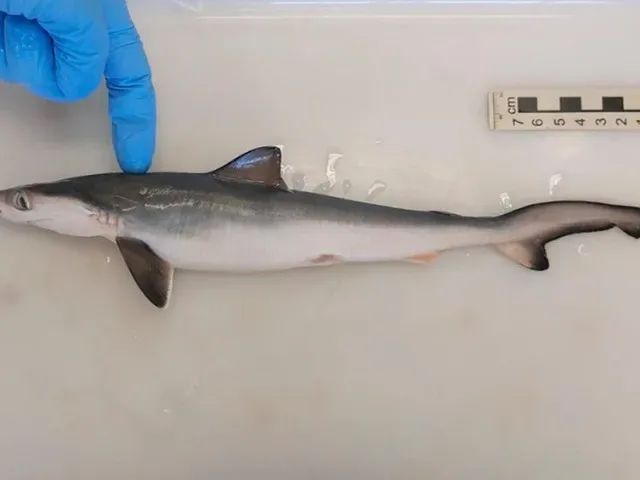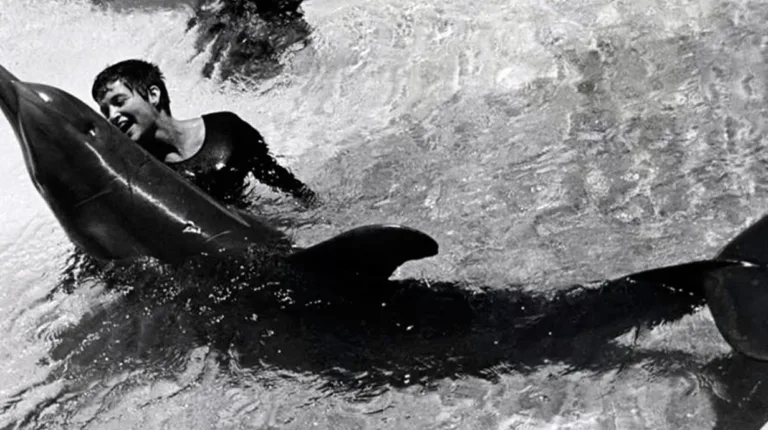By: Express News Service | Bengaluru |
Updated: January 23, 2020 8: 42: 39 am
‘Vyommitra’ to mimic crew activity in Gaganyaan: ISROAbout 10 seconds after its camera system captured the image of Dr S Somnath, director of the Indian Space Research Organisation’s Vikram Sarabhai Space Centre, at a booth at an international conference on ‘Human Spaceflight and Exploration’ here on Wednesday, ‘Vyommitra’, a “half-humanoid”, said: “Hello Dr Somnath, director VSSC’’. Introducing itself to the audience, Vyommitra (vyoma-space, mitra-friend) said: “Hello everyone. I am Vyommitra, the prototype of the half-humanoid, made for the first unmanned Gaganyaan mission.”
Meet #Vyomamitra, ISRO’s half-humanoid which will go to space before astronauts are sent out as part of #Gaganyaan, India’s maiden human spaceflight mission. @IndianExpress
— Ralph Alex Arakal (@ralpharakal) January 22, 2020
Once it is fully developed, Vyommitra will be able to use equipment on board the spacecraft’s crew module, like safety mechanisms and switches, as well as receive and act on commands sent from ground stations.
Explaining its role, Vyommitra told the audience: “I can monitor through module parameters, alert you and perform life support operations. I can perform activities like switch panel operations…” It said it can also be a companion and converse with the astronauts, recognise them and respond to their queries.
“Attaining launch and orbital postures, responding to the environment, generating warnings, replacing carbon dioxide canisters, operating switches, monitoring of the crew module, receiving voice commands, responding via speech (bilingual),’’ are among its functions listed. It will have a human-like face, with lips synchronised for movement to mimic speech.
The robotic system has been developed even as ISRO works to make the GSLV III rocket system suitable to fly humans. “Work is in progress for human-rated GSLV Mk III. It will be ready for the first unmanned flight by the year-end with a humanoid,’’ said Somnath.
“There will be a lot of ground testing. The unmanned flight will be the first test flight. We are designing a crew escape system — whether it is functioning properly will be tested in flights before the first unmanned test flight. The unmanned test flight with a humanoid will be the first human rated flight of the GSLV Mk III,’’ said ISRO chairman K Sivan.
“In Gaganyaan, many systems need to be tested before the flight — the human rating of the propulsion modules, crew escape system, air drop tests… We are targeting the first unmanned mission soon. A major part of the work will be done this year,’’ he said.
With ISRO set to be the first to attempt to send a manned mission to space without carrying out tests with animals, the flight with Vyommitra will serve as a test of the capabilities of the rocket system to take a human to space and back. Among the key parameters that will be tested is the efficacy of the crew module where astronauts will fly, whether its environment is conducive for human flight, and the safety factor.
“We are now moving rockets from mission-critical to safety-critical launch nature, where the human being comes into play in a rocket — where human life becomes more important,’’ said Somnath.
ISRO has used robotic and autonomous system for many of its missions, including the recent Chandrayaan-2 mission where the Vikram lander was functioning in autonomous mode — using data stored in its systems — while attempting to make a soft landing on the moon’s surface.
Meanwhile, four Indian Air Force pilots have been picked, from a pool of 60 pilots, after a rigorous selection process in India and Russia, to be the first astronauts on Gaganyaan. “Astronaut selection has been completed from a pool of IAF test pilots and their generic test flight training will commence shortly. Thereafter, mission specific training will be conducted in India using a host of simulators and other facilities,’’ the ISRO chairman said.
? The Indian Express is now on Telegram. Click here to join our channel (@indianexpress) and stay updated with the latest headlines
For all the latest Technology News, download Indian Express App.






